- Pine Cliff Resort
- Campgrounds & RV Parks
- Ohio
- Campgrounds & RV Parks in Coshocton County
- Woodbury Overflow Camp
Woodbury Overflow Camp Introduce
Woodbury Overflow Camp, situated within the extensive Woodbury Wildlife Area in Coshocton County, Ohio, represents a specific type of offering within the Campgrounds & RV Parks category. Unlike many commercial campgrounds that focus on amenities and extensive hookups, Woodbury Overflow Camp caters to a more rustic, self-sufficient camping experience, particularly appealing to outdoor enthusiasts engaged in hunting, fishing, and trapping. As a designated primitive camping area, it provides essential services for those who prioritize immersion in nature and access to wildlife resources.
The environment of Woodbury Overflow Camp is deeply integrated with the Woodbury Wildlife Area itself, a sprawling 19,252-acre state property. This vast landscape is characterized by a diverse mix of natural features, including extensive woods, grasslands, reclaimed land, areas under cultivation, wetlands, and ponds. This rich ecological mosaic provides a habitat for a variety of wildlife, making it an ideal setting for activities such as hunting, fishing, trapping, birding, and general wildlife observation. The camping area itself is nestled within this natural expanse, offering a peaceful and secluded atmosphere. Campers can expect a quiet, undeveloped environment where the sounds of nature prevail. The natural beauty of the area, with its varied terrain and water features, contributes significantly to the overall appeal, providing scenic views and opportunities for exploration. The remote feel of the camp ensures a genuine escape from urban environments, allowing visitors to truly connect with the outdoors.
Services at Woodbury Overflow Camp are distinctly primitive, aligning with its designation as a basic camping area. The campground currently offers 32 primitive sites. These sites are typically characterized by a lack of traditional hookups for water, electricity, or sewer. Campers should be prepared for a self-sufficient experience, bringing their own water and managing their waste. Information indicates the presence of pit toilets (outhouses) for restroom facilities. While there are no modern showers or flush toilets, the focus is on providing a basic, functional space for overnight stays. Each designated campsite permits a maximum of two motor vehicles and two tents, with a combined vehicle and camper length limited to 34 feet. There is no on-site check-in building or dedicated customer service desk; rather, the operation relies on a "first-come, first-served" basis for site availability. It's crucial for prospective campers to understand that certain basic amenities commonly found at private RV parks, such as electricity, Wi-Fi, or potable water at individual sites, are not available here. However, the availability of ponds for fishing directly within the wildlife area is a key "service" for angling enthusiasts.
The features of Woodbury Overflow Camp are directly tied to its purpose as an accessible camping area within a wildlife management zone. The most prominent feature is its role as a designated overflow camping area for visitors to the Woodbury Wildlife Area. This means it serves as a convenient base camp for individuals participating in regulated outdoor activities like hunting, fishing, and trapping within the broader wildlife area. A unique and critical feature is the requirement for all campers to possess a valid Ohio hunting, fishing, or trapping license to utilize the sites. This regulation underscores the primary user group for the camp and its connection to the wildlife area's management objectives. The primitive nature of the sites, with no advanced reservations and a first-come, first-served policy, is another defining feature, emphasizing spontaneity and a less structured camping experience. The campground is also known for being pet-friendly, allowing responsible pet owners to bring their companions, though specific rules and leash laws within the wildlife area should be adhered to. The presence of hunter access trails and APV (All-Purpose Vehicle) trails within the larger Woodbury Wildlife Area further enhances its appeal for those engaged in specific outdoor pursuits, although APV use in the camp itself would be restricted to designated roads and parking. The limited camping season is a significant feature: camping is permitted only from the last Friday in September through the third Monday in May, and for no more than 14 consecutive days within a 30-day period. This seasonal restriction helps manage the ecological impact and align camping with peak hunting and fishing seasons.
Promotional information for Woodbury Overflow Camp, though likely informal and geared towards a specific audience, would emphasize its value as a no-frills, nature-focused camping option. The primary promotional message would center on its ideal location for hunters, fishers, and trappers utilizing the Woodbury Wildlife Area, highlighting the direct access to vast tracts of public land for these activities. The "first-come, first-served" availability of its 32 primitive sites would be clearly communicated, advising potential campers to arrive early, particularly during peak seasons. The requirement for a valid Ohio hunting, fishing, or trapping license would be a crucial piece of information, ensuring that only eligible users attempt to camp there. Promotional materials would also specify the limited camping season (last Friday in September to the third Monday in May) and the 14-day consecutive stay limit, as these are critical regulations governing its use. Given the primitive nature, information regarding the absence of water, electricity, and showers would be conveyed to manage expectations and ensure campers are adequately prepared. Details about vehicle and tent limits per site, as well as the maximum combined length of vehicles and campers (34 feet), would also be important for planning. While not a commercial campground, positive word-of-mouth among the hunting and fishing communities, coupled with basic information provided by the Ohio Department of Natural Resources (ODNR), serves as its primary form of promotion. Online platforms like iOverlander, where users share their experiences and update basic amenity information, also contribute to its visibility for those seeking primitive or dispersed camping options. The core appeal lies in its unadorned, direct access to significant outdoor recreation opportunities, making it a functional and valued resource for a specific segment of the camping public.
Location
Customer Reviews
More Places to Explore Nearby
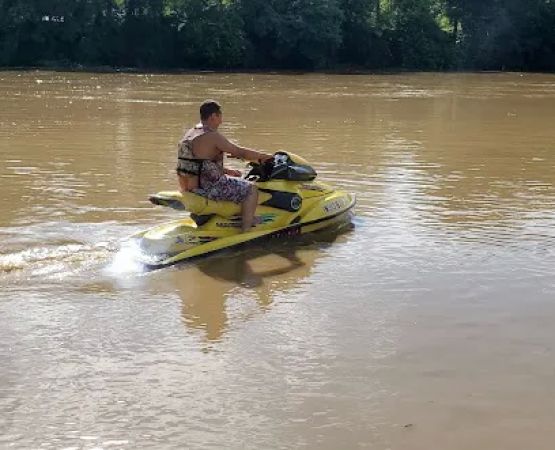
Relaxing Rivers Campground
111 Bridge St, Warsaw, OH 43844, USA
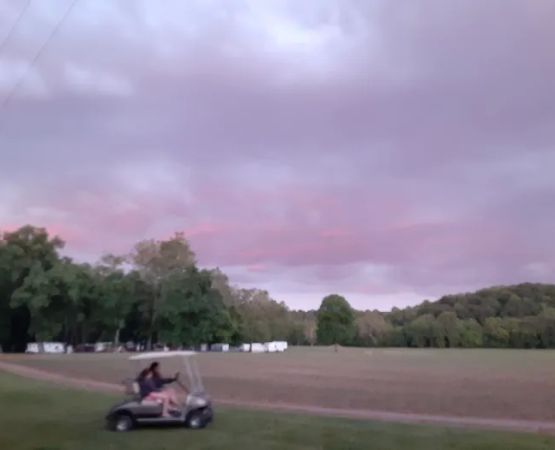
Shady Grove
42310 Co Rd 27, Coshocton, OH 43812, USA
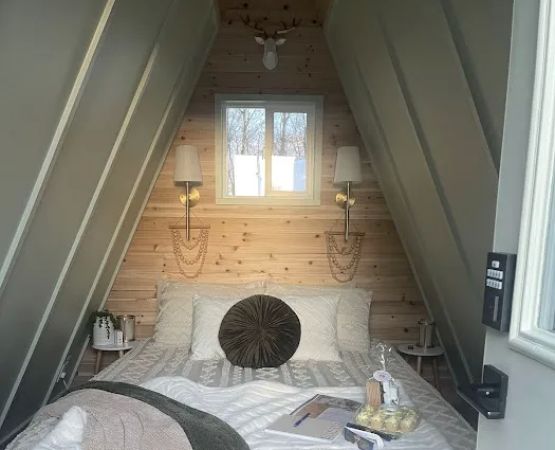
Camp Tonawanda
38791 US-36, Warsaw, OH 43844, USA

Riverfront Campground
3700 US-36, Warsaw, OH 43844, USA
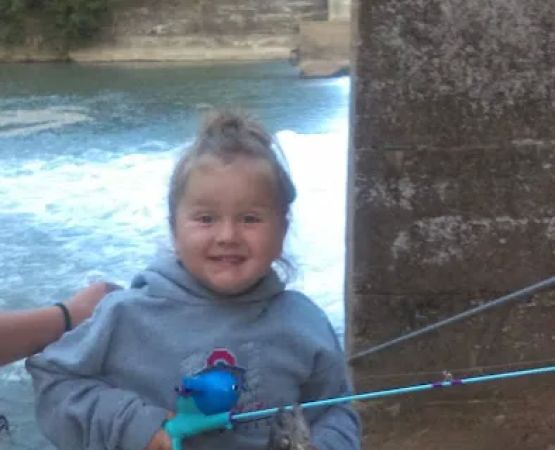
Whispering Falls Campground
42539 US-36, Warsaw, OH 43844, USA
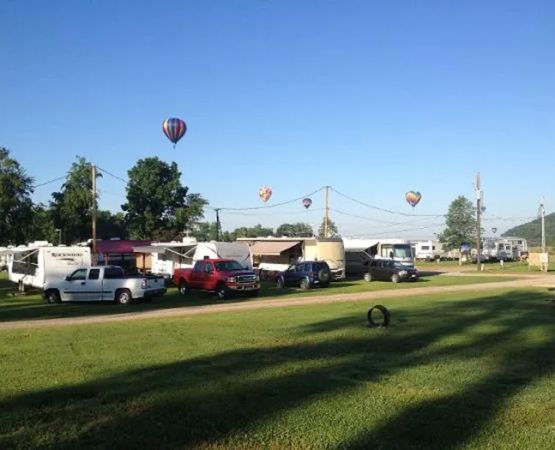
Lake Park Campground
23253 OH-83, Coshocton, OH 43812, USA
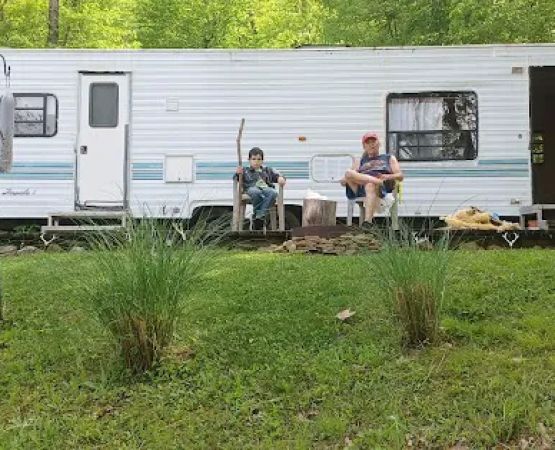
Walhonding Hills Campgrounds
32236 Township Rd 364, Walhonding, OH 43843, USA
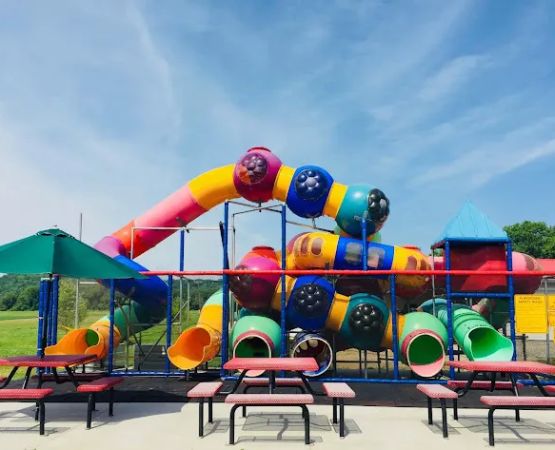
Coshocton KOA Holiday
24688 Co Rd 10, Coshocton, OH 43812, USA

Canvas Cottages Glampsites
50145 Co Rd 186, Fresno, OH 43824, USA

Anywhere the road goes
11290 Shoemaker Rd, Danville, OH 43014, USA
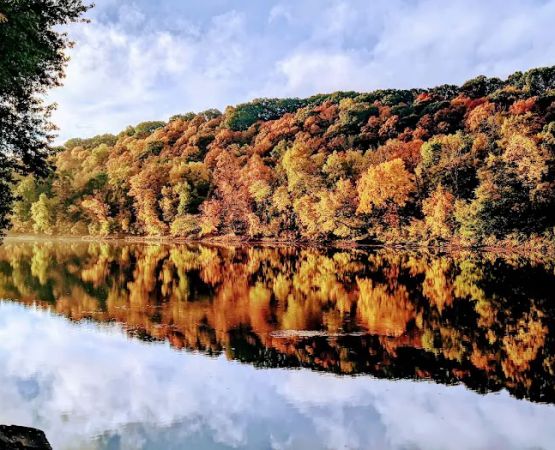
Miller's Landing Campground
9375 N River Rd, Dresden, OH 43821, USA

Caves Campground
26942 Austin Rd, Howard, OH 43028, USA
Categories
Popular Campgrounds & RV Parks
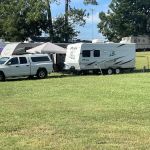 Weatherford Family Raceway Camping4.0 (5 reviews)
Weatherford Family Raceway Camping4.0 (5 reviews)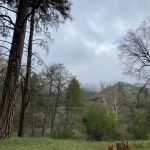 Miller Canyon Group Sites4.0 (62 reviews)
Miller Canyon Group Sites4.0 (62 reviews)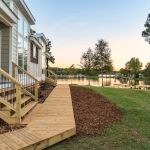 Riverbay Resort4.0 (114 reviews)
Riverbay Resort4.0 (114 reviews) Hacienda Del Sol4.0 (89 reviews)
Hacienda Del Sol4.0 (89 reviews)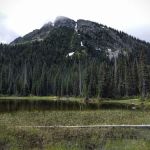 Dagger Lake Campground5.0 (1 reviews)
Dagger Lake Campground5.0 (1 reviews) Rexford Bench Campground4.0 (104 reviews)
Rexford Bench Campground4.0 (104 reviews)Must-Read Camping & Outdoor Blog Posts
Most Searched Japanese Restaurant Sites
Trending Camping & Outdoor Blog Posts
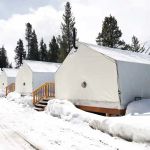 Winter Glamping Retreats in the U.S. You Didn’t Know About
Winter Glamping Retreats in the U.S. You Didn’t Know About Best Family-Friendly Campgrounds with Playgrounds and Kids’ Activities
Best Family-Friendly Campgrounds with Playgrounds and Kids’ Activities Top Family-Friendly Resorts Near Outdoor Adventure Destinations
Top Family-Friendly Resorts Near Outdoor Adventure Destinations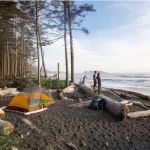 Top-Rated Campgrounds for Exploring National Forests
Top-Rated Campgrounds for Exploring National Forests Top-Rated Camping Spots Near Scenic Trails: Explore the Best Outdoor Getaways
Top-Rated Camping Spots Near Scenic Trails: Explore the Best Outdoor Getaways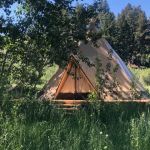 Affordable Luxury Camping Experiences at Top Resorts
Affordable Luxury Camping Experiences at Top Resorts 